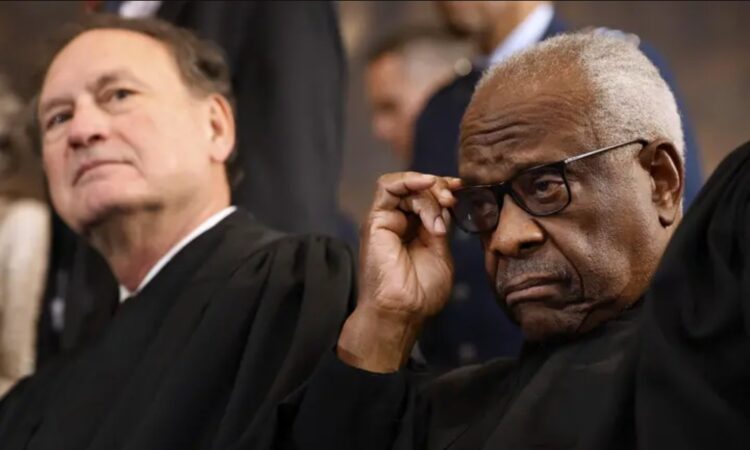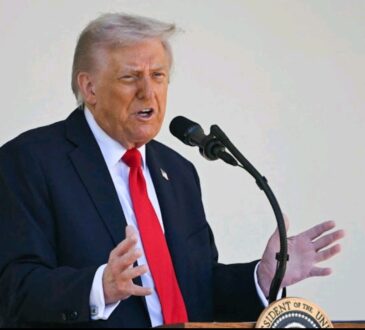
Supreme Court Justices Clarence Thomas and Samuel Alito were recently observed during an official ceremony — Thomas adjusting his glasses, Alito throwing a sideways glance — as behind the scenes, something far more serious is unfolding at the Court.
Late on a Friday in August, the Court quietly released an order in Louisiana v. Callais, a major case about voting rights and racial representation. While the notice was technical and vague, it raised serious alarms among legal experts. Many now believe the Court may be preparing to strike down Section 2 of the Voting Rights Act — the last major safeguard against racial discrimination in voting left in federal law.
This case is centered on how Louisiana drew its six congressional districts. Although Black residents make up about one-third of the state’s population, lawmakers only created one district where Black voters could realistically elect a representative of their choice. Black voters sued under the Voting Rights Act and won — the courts agreed that Louisiana needed to create a second district to ensure fair representation under Section 2, which has long required that minority communities have an equal opportunity to elect their preferred candidates when certain conditions are met.
The state complied, reluctantly creating a second Black-majority district. But then, a new group of plaintiffs challenged that plan, claiming it was a “racial gerrymander” — that the state used race too heavily in drawing the lines. That’s the Callais case.
The Court first heard arguments back in March, and most thought it would make a typical ruling on whether race or politics drove the mapmaking. But the justices didn’t issue a decision in June, when most term opinions are released. Instead, they surprised many by setting the case up for re-argument — a rare move. When the Court has done this in the past, it has sometimes signaled a bigger shift ahead. That’s what happened in Citizens United, when the Court re-heard the case to consider overturning long-standing rules on corporate political spending — and ultimately did.
Now, something similar seems to be happening. When the justices finally released their order last Friday, it directed the parties to address whether drawing a second majority-Black district — to comply with Section 2 — might actually violate the Constitution. This question strikes at the heart of Section 2 and suggests the Court is considering the idea that following this law amounts to unconstitutional racial discrimination.
Justice Clarence Thomas made his feelings clear: he dissented from the delay and said outright that Section 2 is clashing with the Constitution’s Equal Protection Clause — and should be weakened or eliminated. The Court didn’t mention Section 2 by name in its order, but the implications were obvious to legal observers.
If the Supreme Court rules that creating voting districts based on race — even to correct long-standing racial inequality — is unconstitutional, it would gut Section 2. This section has been the backbone of fair voting representation for minority communities, especially in places like the South where voting discrimination has a long history. A ruling against it would make it much harder, if not impossible, for courts to require the creation of majority-minority districts, even when voters are clearly being marginalized.
This wouldn’t be the first blow to the Voting Rights Act. In 2013, the Court struck down another key part — the rule requiring states with a history of racial discrimination to get federal approval before changing voting laws. At the time, Chief Justice John Roberts claimed the rest of the Act, including Section 2, remained untouched. Now even that assurance may be on the verge of collapse.
The move to tee up such a massive legal shift in the middle of summer may have been strategic — a way to avoid public scrutiny. But if the Court follows through and strikes down Section 2, the impact could be huge. It would reduce protections for minority voters, reshape election maps across the country, and increase the already growing distrust of the Court as an impartial institution.
If that happens, expect an intense public response — from civil rights protests to renewed efforts at Supreme Court reform — just as the nation heads into another heated election season. At stake is not just a legal doctrine, but the future of fair representation in American democracy.




